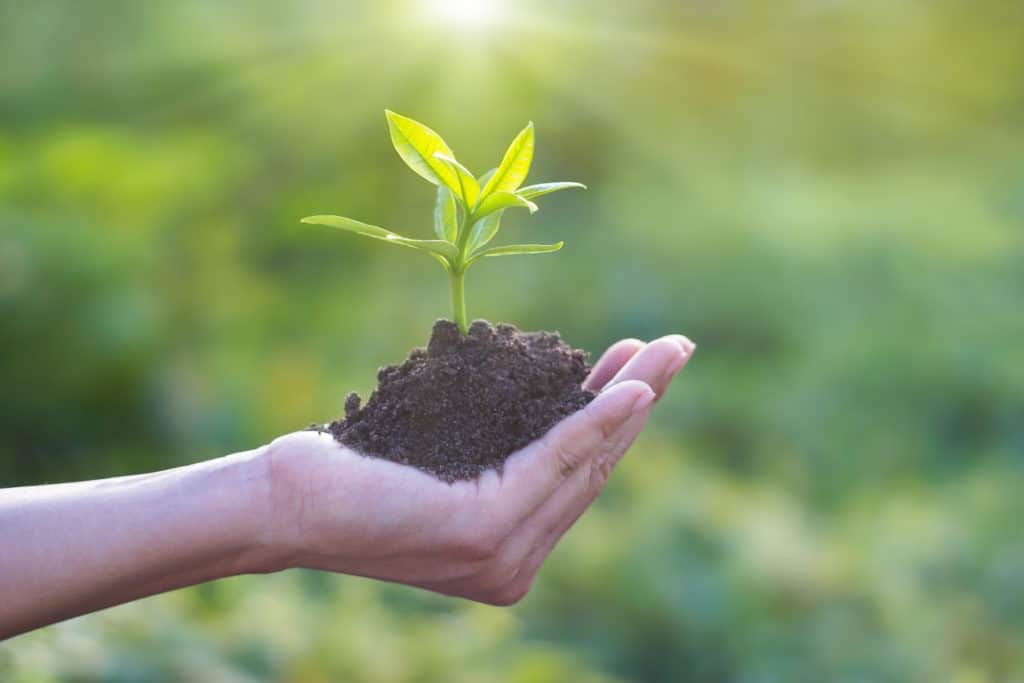Did you know that cremation is an increasingly popular option for death as opposed to traditional burials? Some of the biggest reasons include cost-effectiveness and not having to choose a coffin or a burial plot.
In addition, there are a variety of things you can do with cremated remains. Many people will turn their loved ones into jewelry, artwork, or simply keep them close by in a beautiful urn.
You may be wondering what the environmental impact is of traditional cremation. Here are some things to consider when choosing cremation, as well as making the best carbon neutral choice for your burial.
Environmental Effects of Cremation
Although cremation can save space in cemeteries, there are also environmental effects associated with it. Even though there are many regulations to make cremation less harmful, the process can still be damaging to the environment.
High Power Usage
Cremation requires a lot of power in order to achieve the high temperatures needed for the process. For instance, the average amount of fuel for one cremation can power a house for about a month.
In addition, the entire process takes several hours, using a constant fuel source. The amount of power used if more people choose cremation can put a strain on power sources.
Air Pollution
Another problematic element of cremation is the toxins released into the air. The environmental effects include the emission of millions of tons of carbon dioxide pollution into the air.
To combat this problem, many communities have released limits on how many hours crematories can run without harming the air quality. Sometimes these restrictions are lifted in emergency situations, such as in Los Angeles during the worst weeks of the coronavirus pandemic.
Harmful substances like mercury can cause pollution as well. Even though dentists are phasing mercury out of fillings, many older cremations still involve mercury fillings placed in the mouth decades ago.
Dangers for Crematorium Workers
Some of the substances revealed during the cremation process can be hazardous for those who work at crematoriums. Mercury from old dental fillings is just one example.
Toxins in the human body that are normally not harmful can have an impact on health with high exposure and in a small environment.
Some of the problems that occur in crematoriums include explosions of pacemakers and other medical devices. In addition, remains that underwent treatment like chemotherapy could expose crematorium staff to dangerous levels of radiation.
Consider More Sustainable Options
Although cremation is not always the most carbon neutral choice, you can still have control over how you would like to be cremated. New technology is transforming the cremation process and can potentially have a net positive effect on sustainability.
Turn Into a Tree or Coral Reef
You can transform into a real, lasting memory by putting your cremated remains directly back into the environment. A coral reef is a great option that can help foster new marine life in struggling parts of the ocean.
Your ashes are formed into a reef through mixing with concrete. Then, algae and other plants will begin to grow, attracting fish to the area to thrive.
For an option that is above ground, consider turning your ashes into a tree. Usually, this involves a biodegradable urn that will break down over time as the tree grows.
By using your ashes for a tree, you will not only reduce your carbon footprint but actually contribute to the well-being of the planet. When your tree grows to its full size, it can put plenty of oxygen back into the atmosphere.
Green Cremation
If you still want a more carbon neutral cremation that does not involve water, you should consider a green cremation. It involves a more energy-efficient crematorium aimed at using as few fossil fuels as possible for the cremation process.
All harmful substances, such as plastic, are then taken out of the body, so they do not pollute the air during cremation. Overall, this results in a more sustainable cremation that is much less harmful to the environment and crematory workers who prepare the body.
Scatter Your Ashes Rather Than Bury
Burying an urn rather than an entire coffin certainly saves space in cemeteries. However, this option still takes up precious space that is finite and may not be reclaimed for many years.
You can have your ashes scattered in a place that is meaningful to you or your loved ones. That way, they can come back and visit somewhere that they will always associate with you.
Remember, if you want to scatter your ashes on private property, you will most likely need permission from the landowner beforehand. There are very few laws regarding ash scattering on public property.
If you want your ashes scattered at sea, you must be three nautical miles away from the shore. The water must be at least 600 feet deep, and you cannot send down material that is not biodegradable.
Water Cremation
Rather than fire, the process of water cremation involves water and heat to break down the body. This is a more environmentally friendly way of restoring the body back to its natural compounds.
Similar to traditional cremation, the bones are then reduced to ash and given back to loved ones to do with what they wish. An attractive feature of water cremation is that it uses only about 10 percent of the energy utilized in a regular cremation.
Water cremation is also much safer for crematory workers. Because the body breaks down in a water solution rather than through flame, there are much fewer harmful substances released into the air.
Evaluate the Environmental Impact of Your Death Plan
When you die, you should feel confident that your burial choices will not have a negative environmental impact. With this information, you can make an informed decision on how you would like to be laid to rest.
Would you like to learn more about sustainable cremation? Contact us today to learn all about our environmentally friendly cremation options.






